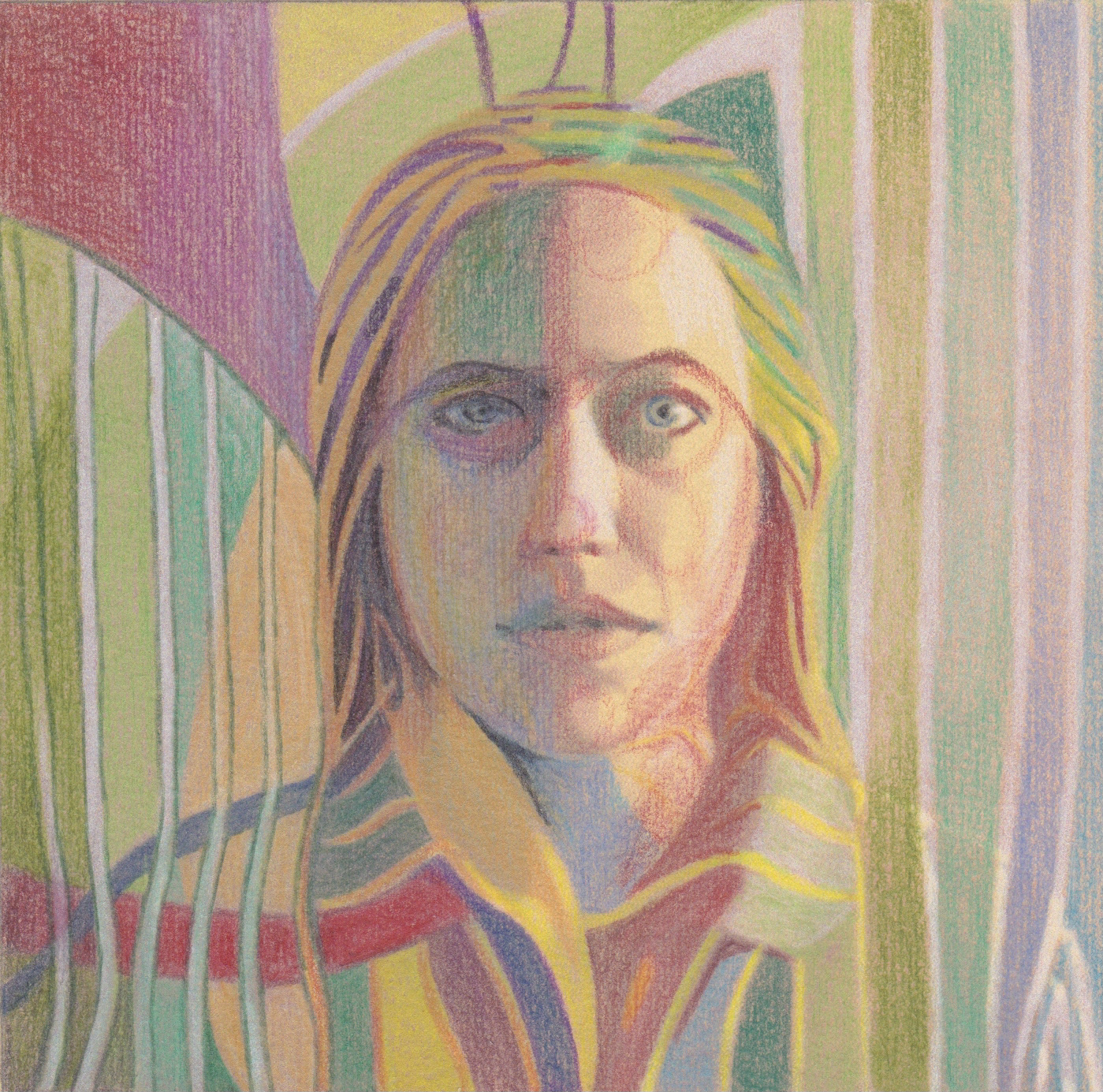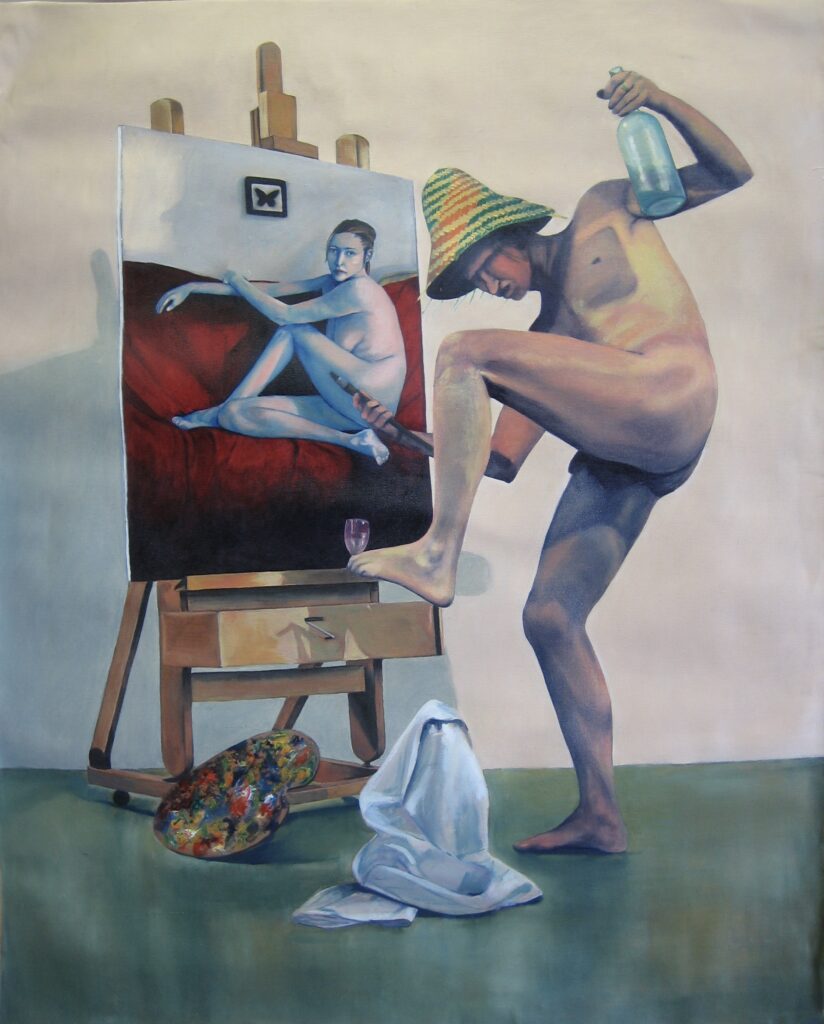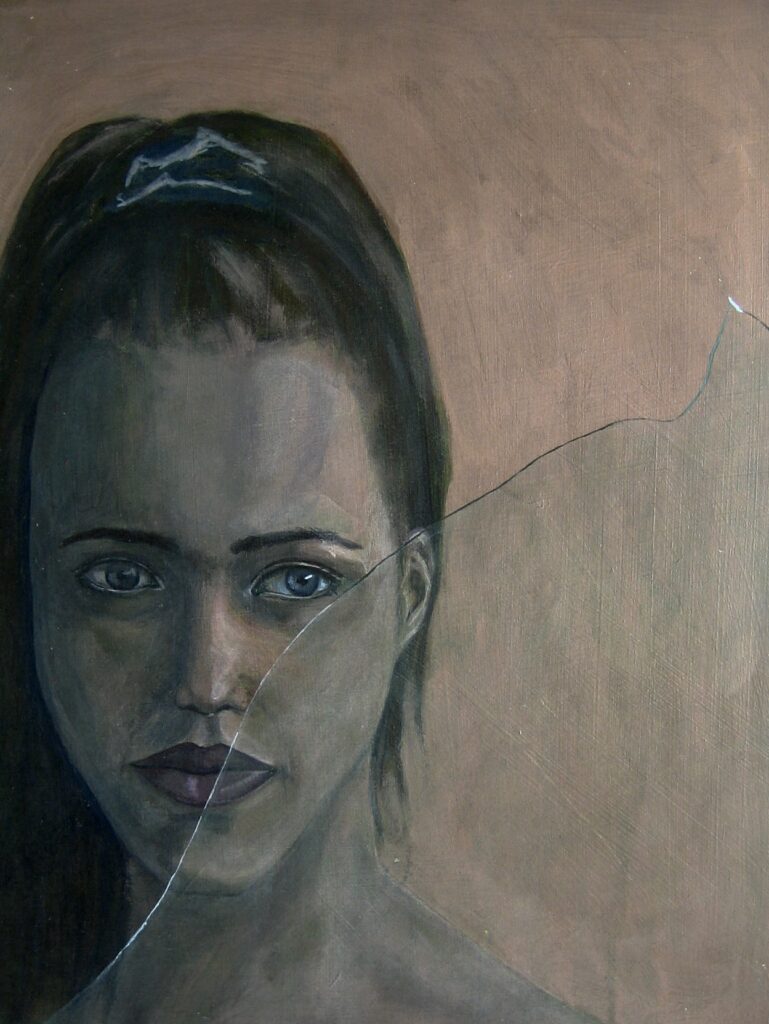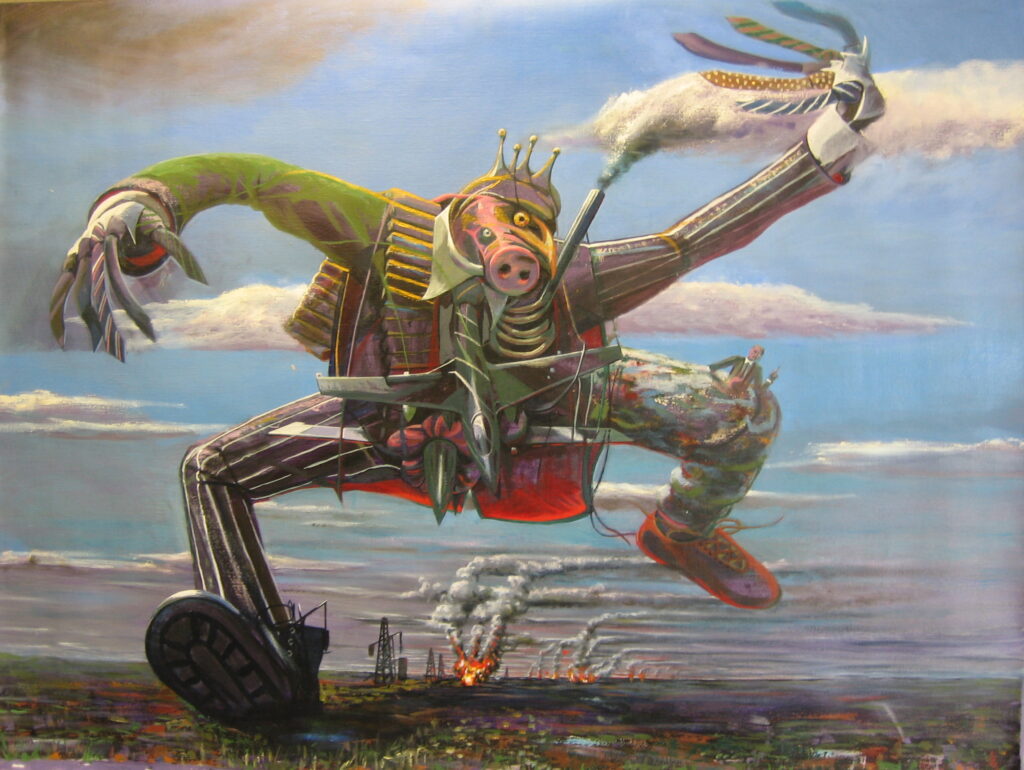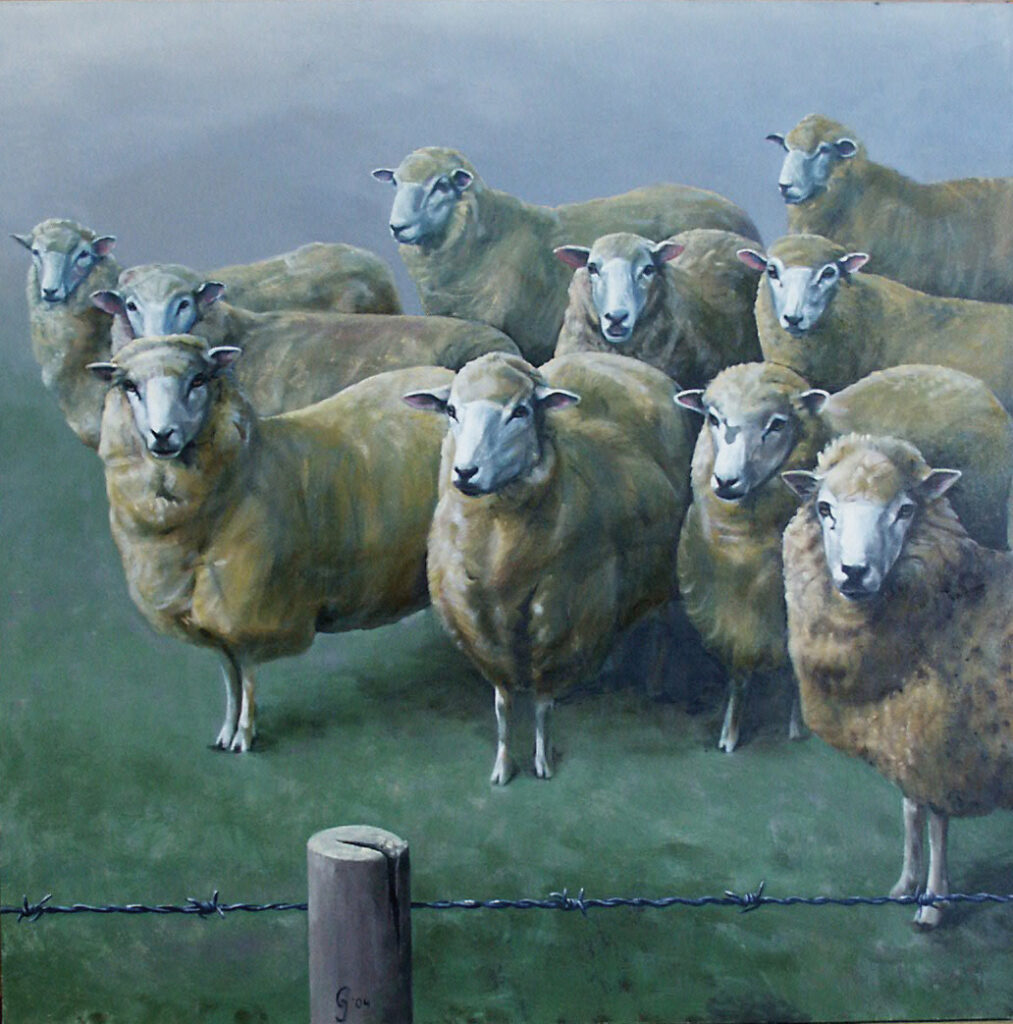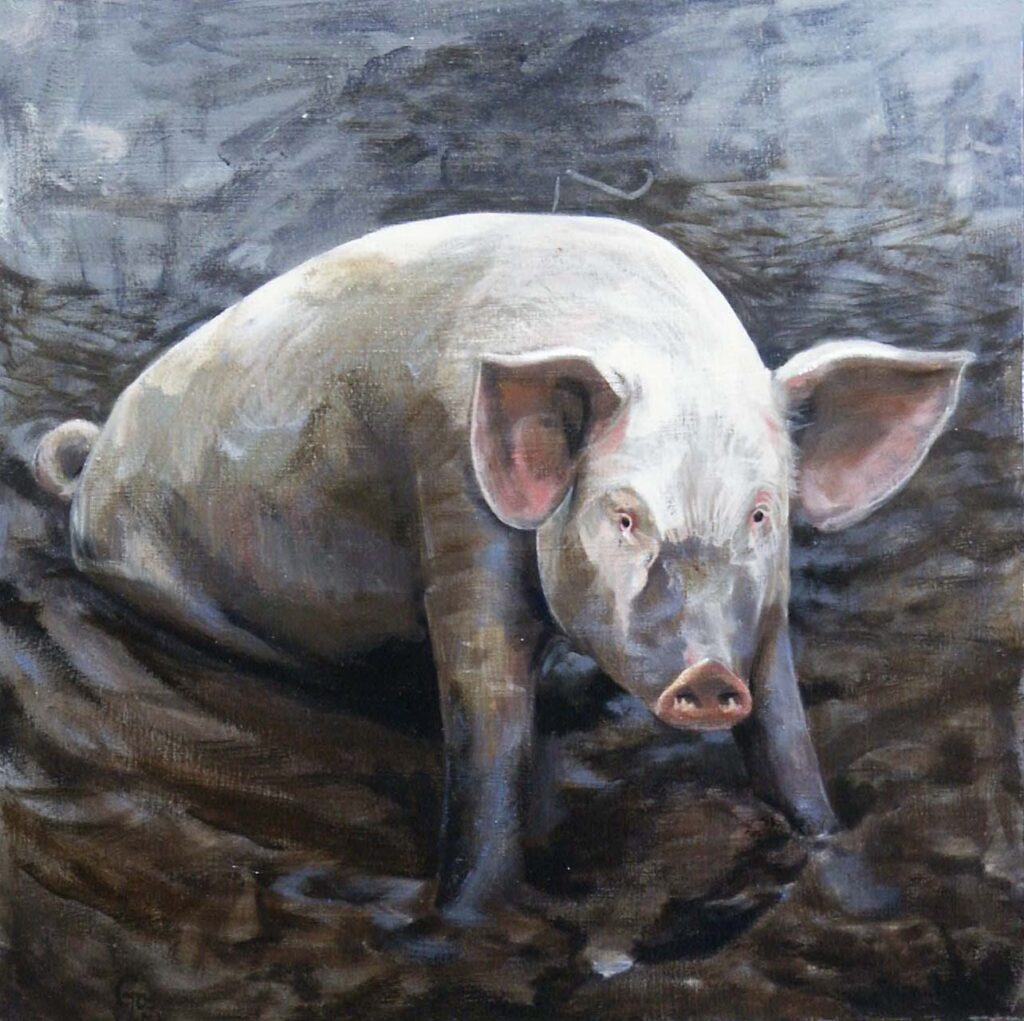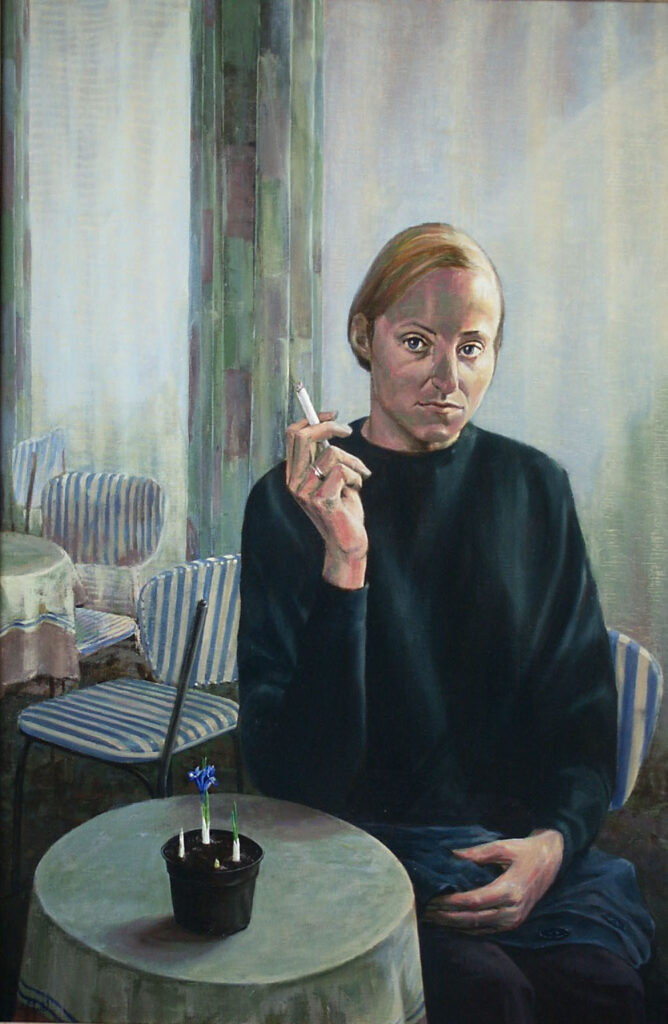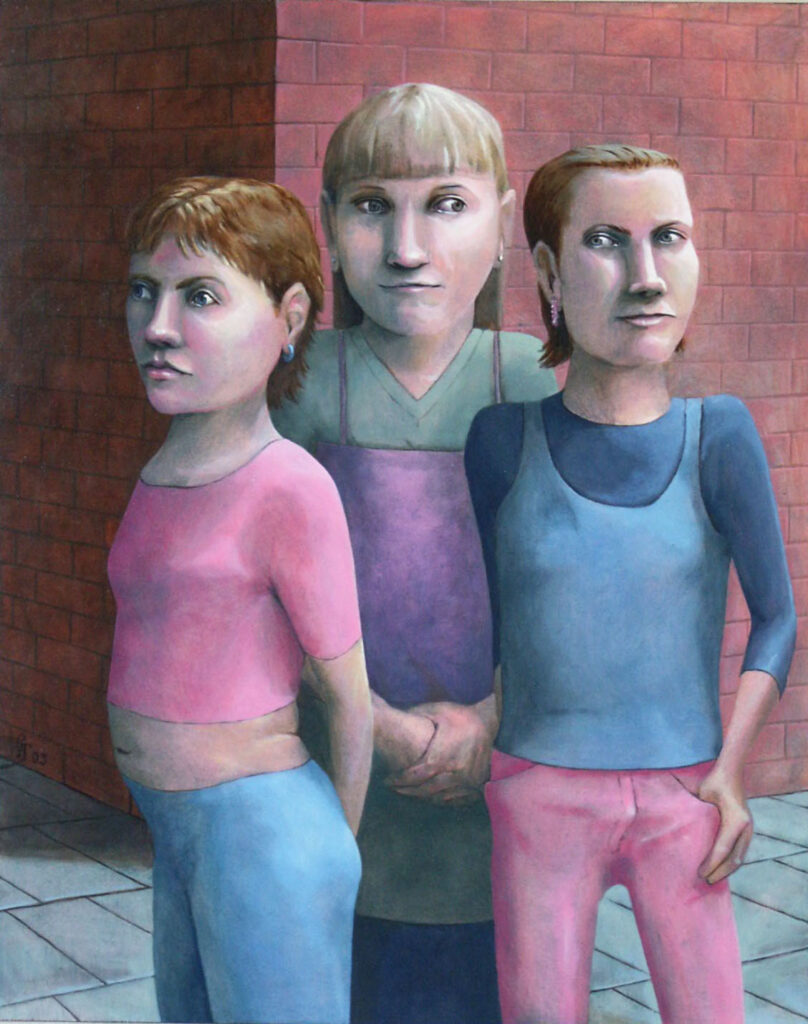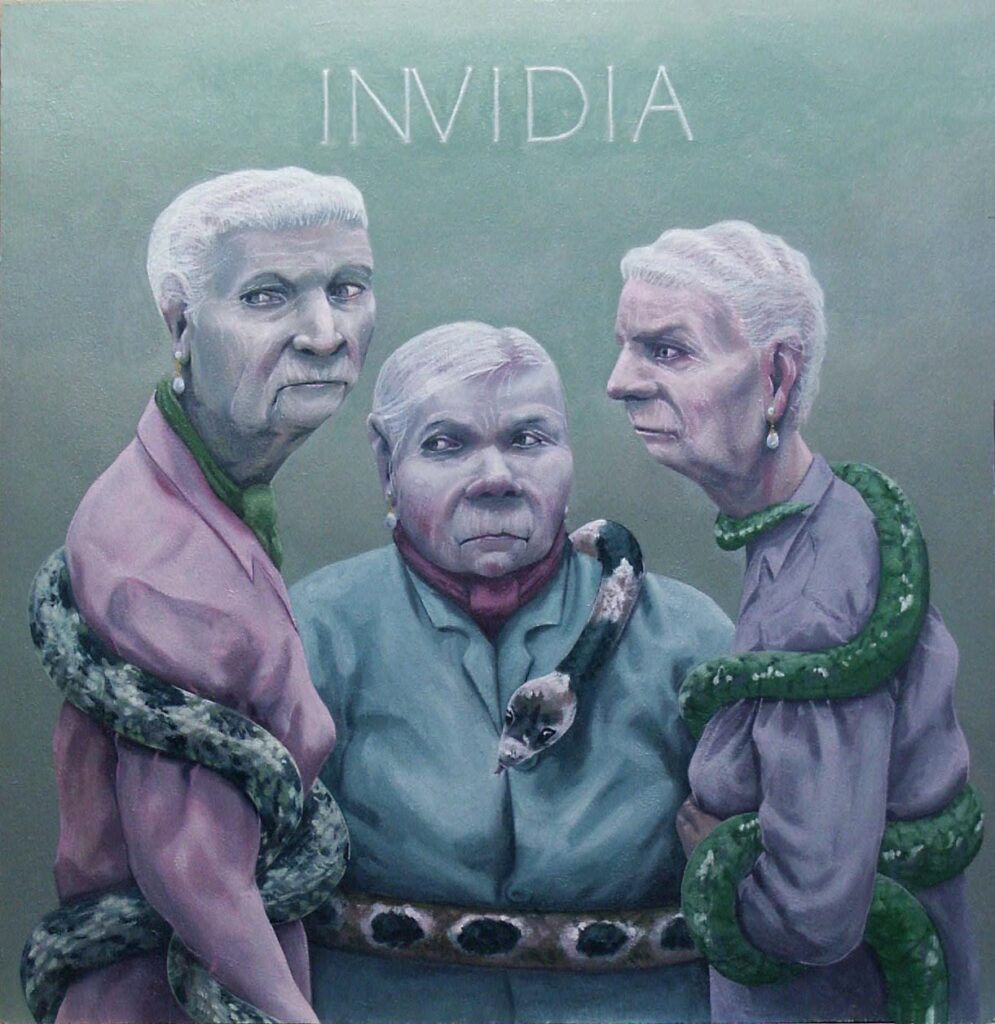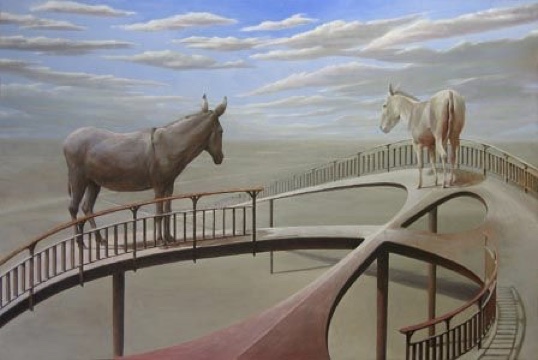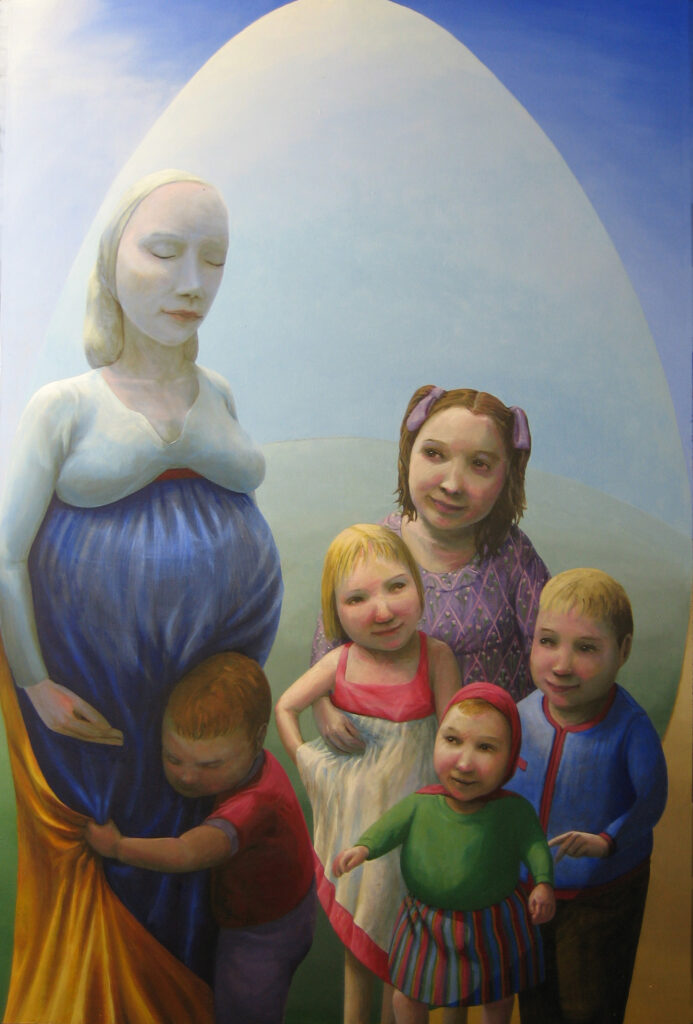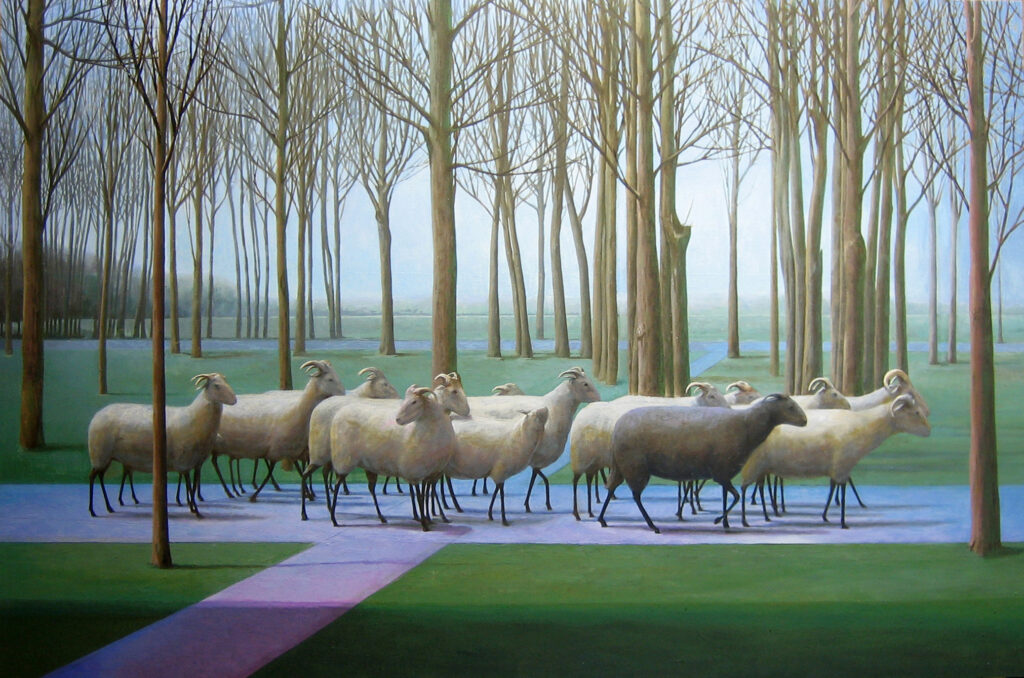Geesje du Marchie van Voorthuysen
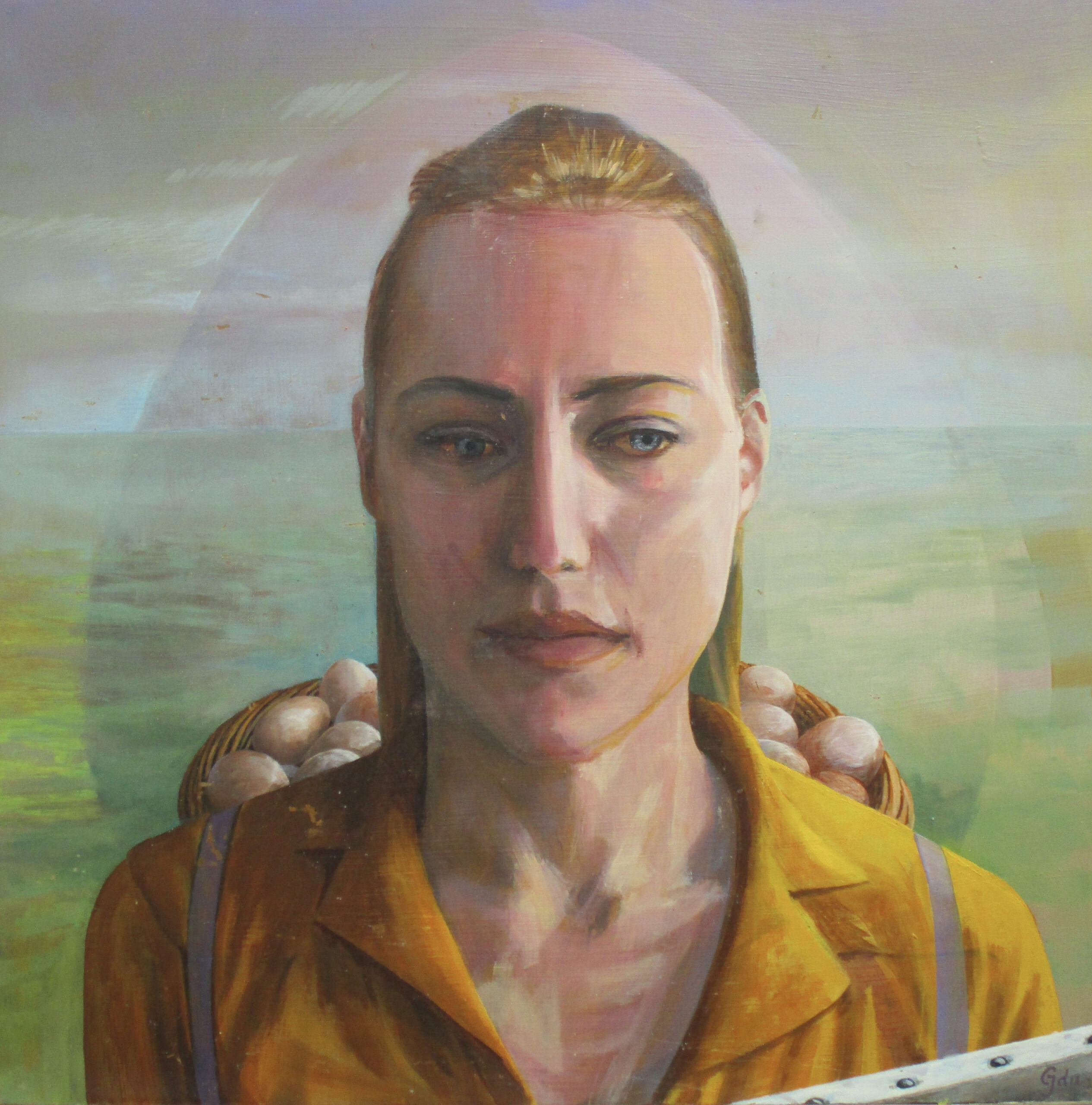
Geesje du Marchie van Voorthuysen is an old fashioned artist; painting and drawing fine-art.
She can combine like AI but does it with an understanding of composition, a feeling for style and with a sense of humor.
Inspiration
Culture of fine-art
Our earliest cultural is of course imprinted by our mothers. What we like to eat, how to keep ourselves and our surroundings clean and dressed, which behavior is acceptable: These are all things we learn from our primary caretaker. But above all, she teaches us about love and sacrifice.
The relationship with mother is a big theme in the arts and rightfully so. Unfortunately it is often the perceived failure of the mother which seems to be the greatest inspiration.
A brief history of fine-art
The history of the visual arts and the development of christianity seem to have a correlation. The religious icons in the orthodox church were painted by a nameless person and the proces was ritualized and subjected to rules.
The catholic church, with her superficial worshipping of mother Mary allowed her artists to create more freely. A new market with rich and wealthy customers emerged outside the religious domain. The artist could now make a name for themselves and they were able to achieve fame and fortune. This resulted in a very rich culture of the fine arts.
Artificial impressions
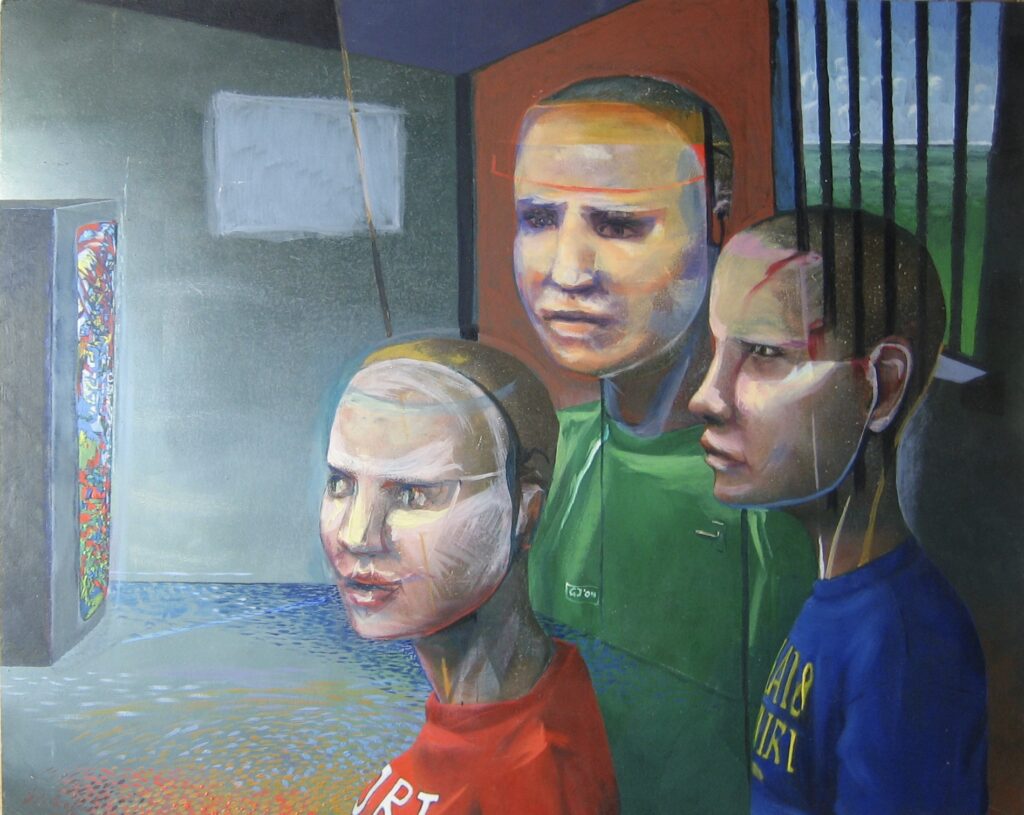
Intelligence is a man-made construction. Artificial describes something that is unnatural. So which conclusions can we draw from the above?
An artist is seldom labelled as intelligent. At most, she or he is called clever.
Sometimes intelligence is also defined as the ability to solve problems. By creating imaginary issues one can pretend to have found a solution. This is a very profitable business-model.
If you want to learn and see more, start exploring the thinking and views of this versatile artist .
